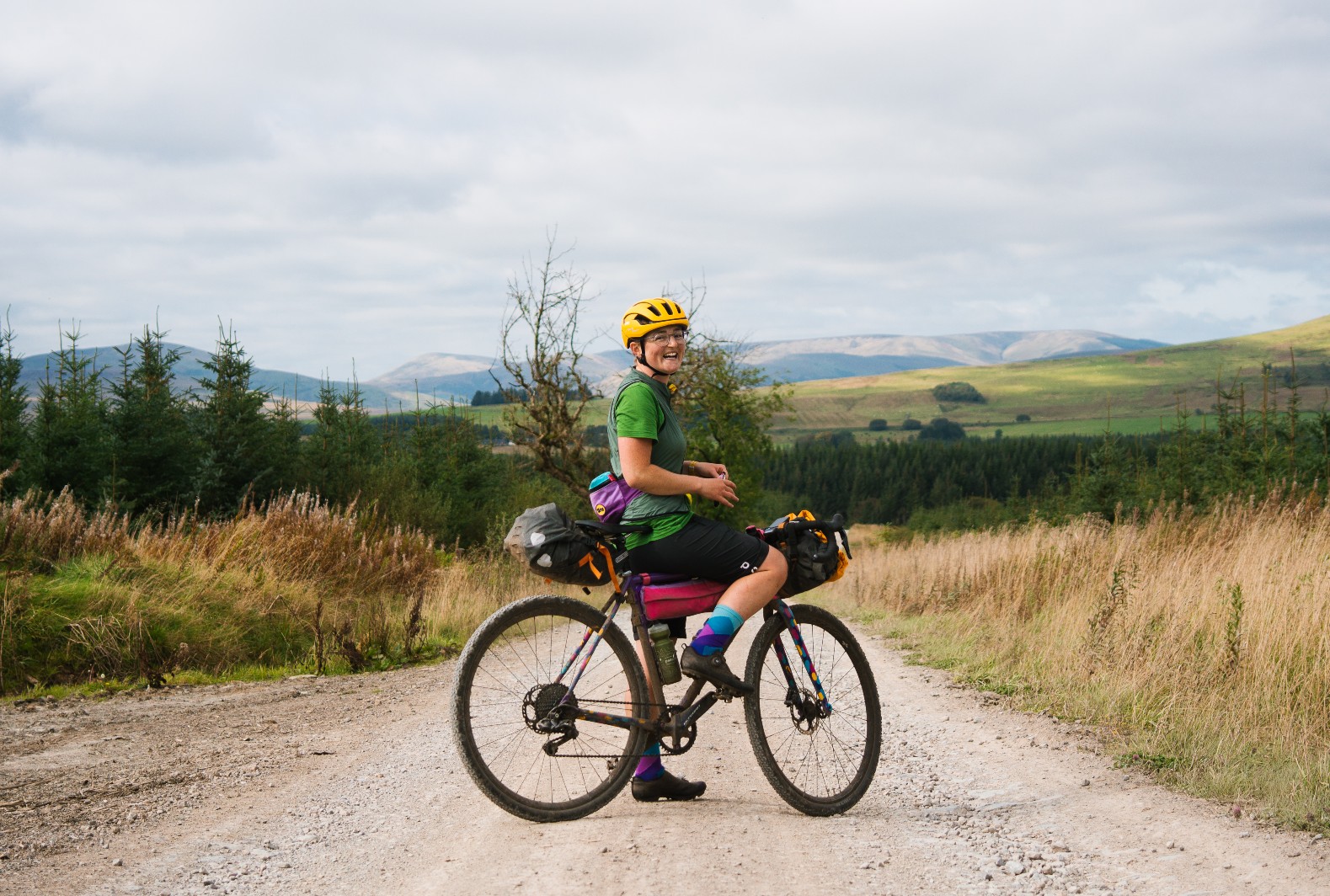Gravel bikes and mountain bikes are both designed to be ridden off-road, but in contrasting ways and on different terrain.
The design of mountain bikes has influenced gravel, and vice versa, which can blur the lines between the two genres.
With a dizzying array of options to choose from, here we take a look at the key differences between gravel bikes and mountain bikes. We'll also help you decide which will be best for you and your riding.
The evolution of mountain bikes
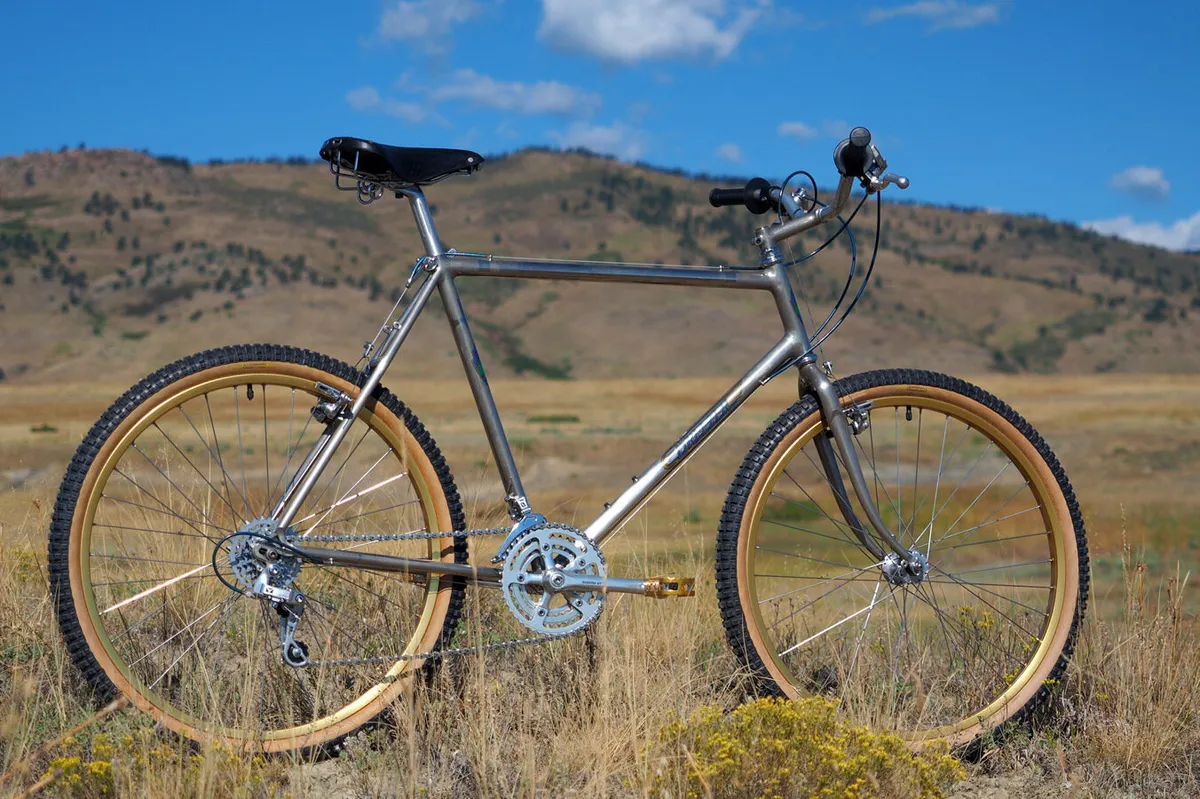
To understand the differences between a gravel bike and a mountain bike, it's important to consider the origins of mountain biking.
Mountain biking's roots are in adventure riding, when MTB pioneers used bikes to explore the backcountry. Racing was also comparatively tame, taking place mostly on fire roads.
Since then, race tracks and riding, in general, have become progressively more technical and physically demanding. The bikes have adapted to take on the challenge.
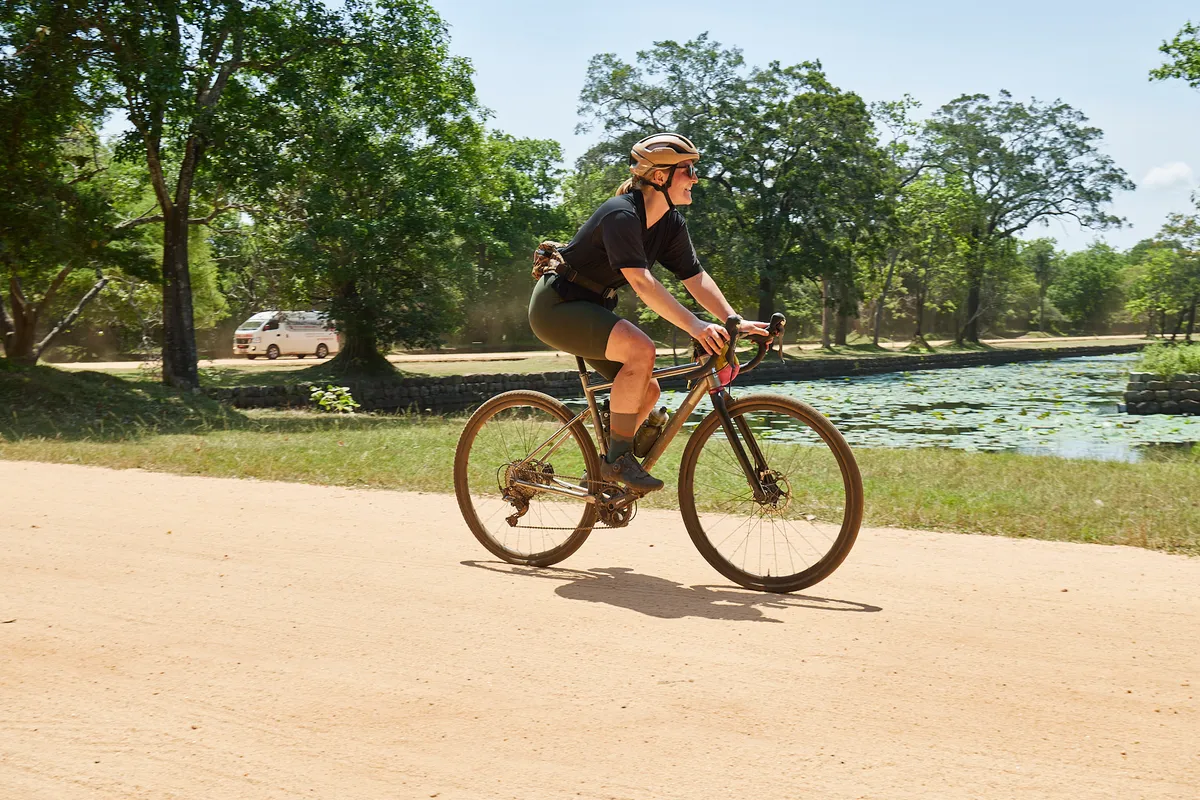
Because mountain biking is now focused on adrenaline-fuelled descents on downhill mountain bikes, the rigid, drop-bar gravel bike has to some extent taken the place of early mountain bikes, becoming widely popular for reuniting riders with this somewhat lost kind of fun.
Does your local bike park now seem too easy on a trail mountain bike? A gravel bike could help introduce some spice back into these local laps.
Is your enduro bike a bit of a slog to pedal on longer rides? A gravel bike can help you get much further much more easily.
Looking to build endurance to help on your mountain bike? A gravel bike can help with that too.
Gravel bike vs mountain bike suspension

Let’s start with the most obvious difference between gravel bikes and mountain bikes: suspension.
Whereas most (but certainly not all) modern mountain bikes are either a hardtail (suspension fork only) or full-suspension (suspension fork and rear shock), the vast majority of gravel bikes are rigid, or suspension-free.
There are exceptions. The Specialized Diverge STR Expert incorporates Future Shock Rear for 30mm of rear suspension. The Giant Revolt X Advanced Pro 1 has 40mm of front suspension from a RockShox Rudy XPLR Ultimate fork and 25mm of rear suspension from a dropper post.
Most gravel bike suspension is meant to improve comfort, by damping trail vibrations, rather than enhance the bike's technical capability. The amount of travel gravel suspension forks provide ranges from a few millimetres up to 50mm of travel.
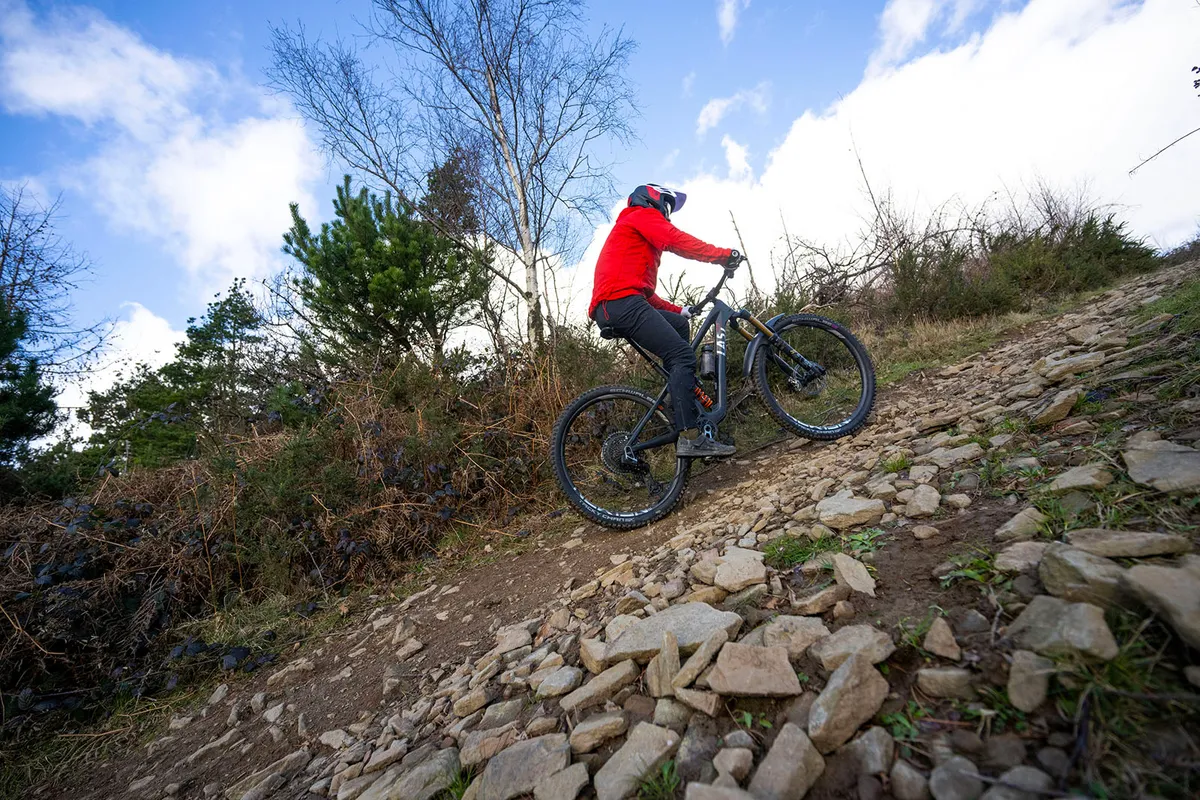
Mountain bike suspension has an altogether different purpose: to increase grip over more technical terrain, such as roots and rocks. This enables mountain bikes to glide over rough terrain, which would be impassable on a gravel bike.
Mountain bike suspension travel typically ranges from 100mm for cross-country bikes to 200mm for downhill rigs.
Gravel bike vs mountain bike geometry
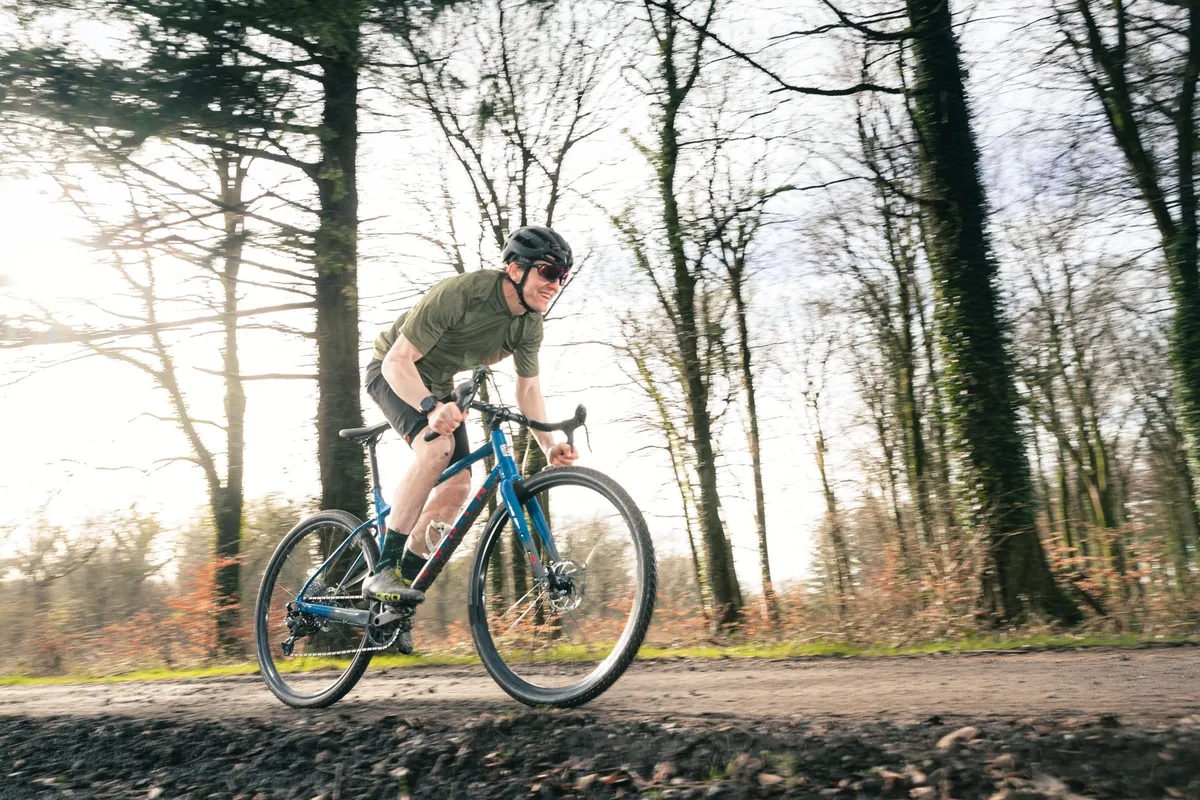
There are significant differences between gravel bike and mountain bike geometry, though the two are increasingly close at the rowdier end of the gravel-riding spectrum.
The best gravel race bikes mirror the geometries of endurance road bikes. But gravel bikes designed for more challenging terrain ape XC mountain bikes with longer reach and slacker head angles.
There's more variation in mountain bike geometry between disciplines and even manufacturers. However, almost all mountain bikes have slacker head tube angles than gravel bikes, and longer wheelbases too.
650b or 700c, 27.5in or 29in?
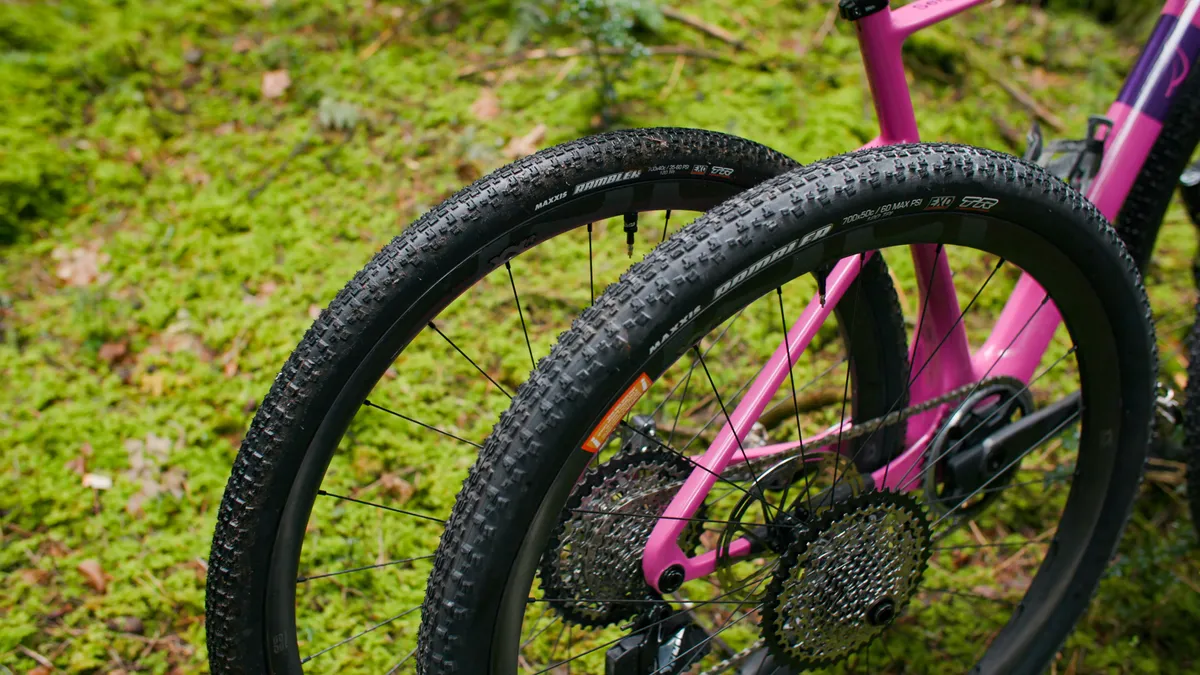
While almost all road bikes use 700c wheels, both mountain bikes and gravel bikes are designed for different wheel sizes, or sometimes to be able to use both.
Mountain bike wheel sizes have become larger over time, with 26in wheels now more or less redundant, with most mountain bikes built around 27.5in or 29in wheels.
Most gravel bikes will be designed around 700c wheels (which have the same bead-seat diameter as 29in wheels). Many are also compatible with smaller-diameter 650b wheels (which have the same bead-seat diameter as 27.5in rims).
These offer the opportunity to fit wider tyres into a frame than 700c wheels. 650b wheels are particularly popular with gravel riders tackling more technical terrain or looking for extra comfort.
While 650b/27.5in and 700c/29in rims may share the same bead-seat diameter, most complete wheelsets will be built around hubs that are only compatible with gravel bikes or vice versa. This is because mountain bikes and gravel/road bikes use different axle standards.
Mountain bike vs gravel bike tyres
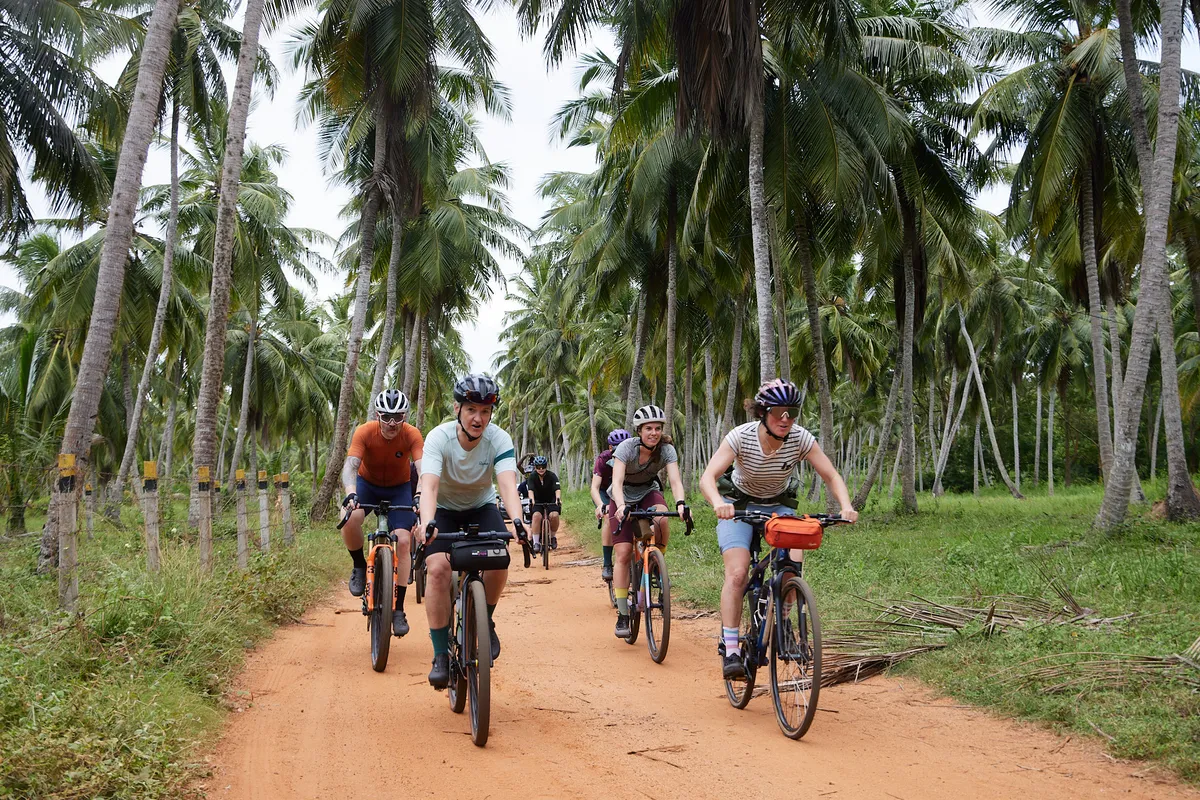
On the whole, mountain bike tyres are wider than gravel tyres, and in most cases deliver a greater level of grip through more aggressive tread patterns.
Most gravel bikes will be specced with tyres around 45mm wide, though the range spans from a narrow 35mm right the way up to mountain bike territory, with some bikes even compatible with 2.2in/55mm.
Mountain bike tyres range upwards of 2.2in, with fat bike tyres measuring as large as 4in and over.
It’s common in mountain biking to run different tyres front and rear, optimising grip on the front wheel and speed at the rear. Although it makes perfect sense, this trend doesn’t seem to have made it to gravel riding just yet, where riders tend to run the same tyres on both wheels, just like on the road.
Most gravel and mountain bike riders will opt to run their tyres tubeless.
Mountain bike vs gravel bike cockpit
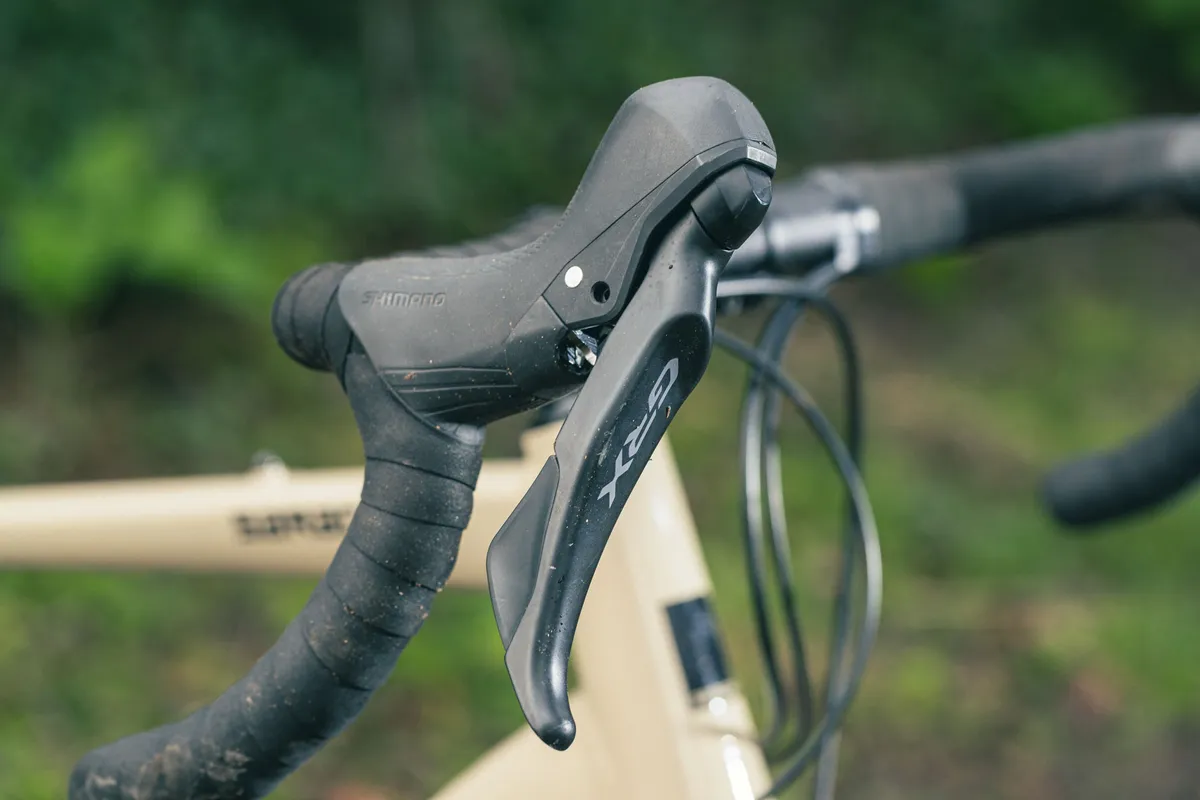
Most riders' gravel bike setup will feature drop bars, and this is another key difference between gravel bikes and mountain bikes.
Gravel bike handlebars – just like road bike handlebars – enable the rider to get into a more aerodynamic position than a flat bar. They also offer many more hand positions, which can provide greater comfort over longer rides.
Gravel bike handlebars typically provide at least a small amount of flare, where the drops are wider than the hoods, offering a more stable position for descending the rough stuff. There’s a whole range, from subtle to extreme, to suit rider preferences.
Flared bars also leave a little more room between the bars for handlebar bags, which comes in handy for bikepacking.
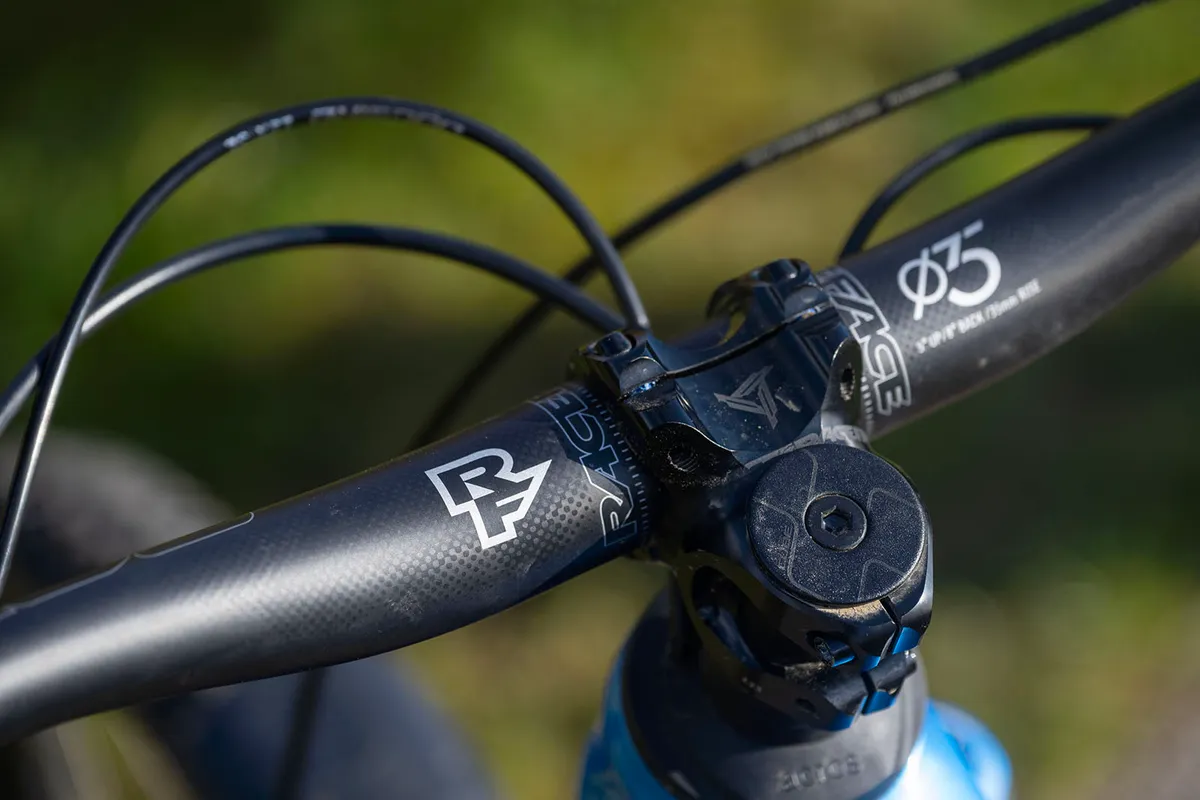
Mountain bike handlebars – also known as straight, riser or flat bars, depending on the style – offer a wider, more stable position that’s better suited to rough and technical terrain.
These days, mountain bikes tend to have much shorter stems than gravel bikes too, offering a more upright position and improved steering stability on rougher terrain.
Gravel bike vs mountain bike gearing
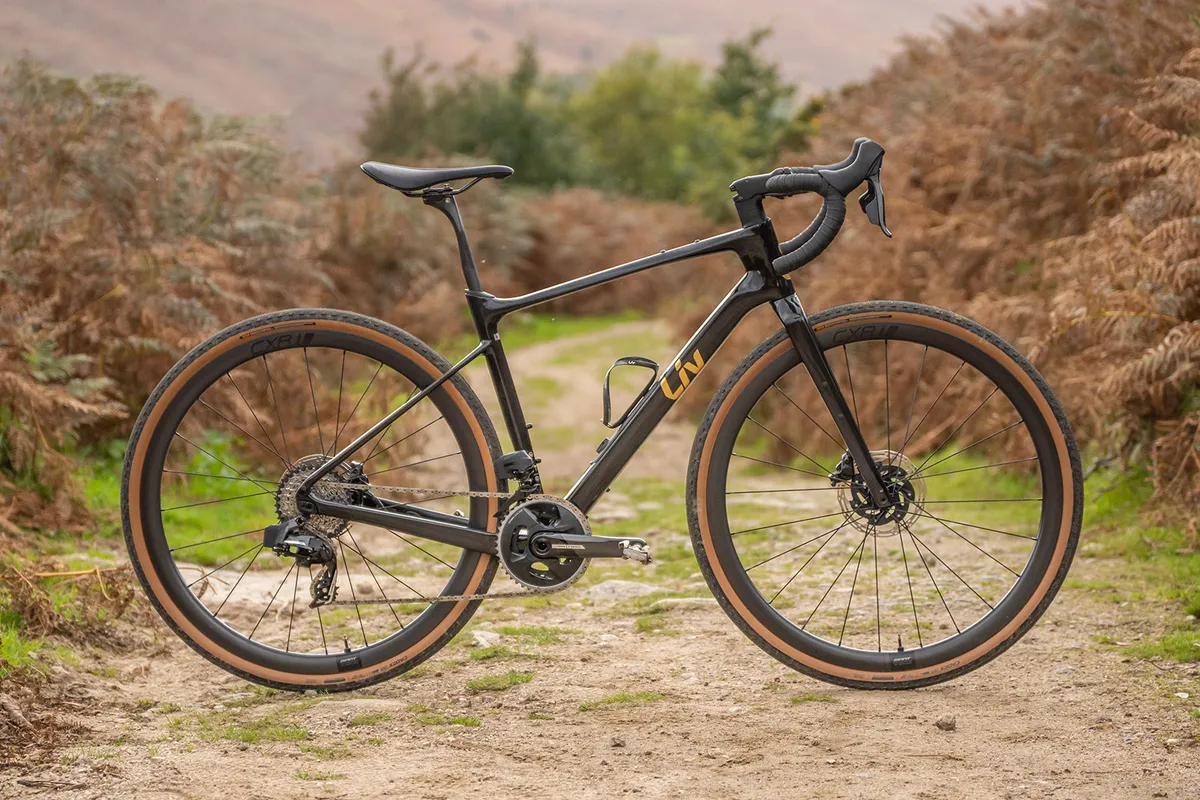
All of the major component brands have released gravel-specific groupsets: 10-, 11- or 12-speed Shimano GRX, 12-speed SRAM XPLR and 13-speed Campagnolo Ekar.
In the gravel world, options are split between 1x and 2x drivetrains. A single ring provides enough range for most. But riders who take in plenty of faster roads, gravel and trails tend to prefer 2x drivetrains, especially for gravel racing.
Most mountain bikes are now designed around 1x drivetrains, featuring small single chainrings married to wide-ranging cassettes to give you enough gears to winch up really steep, technical climbs.
Dropper posts
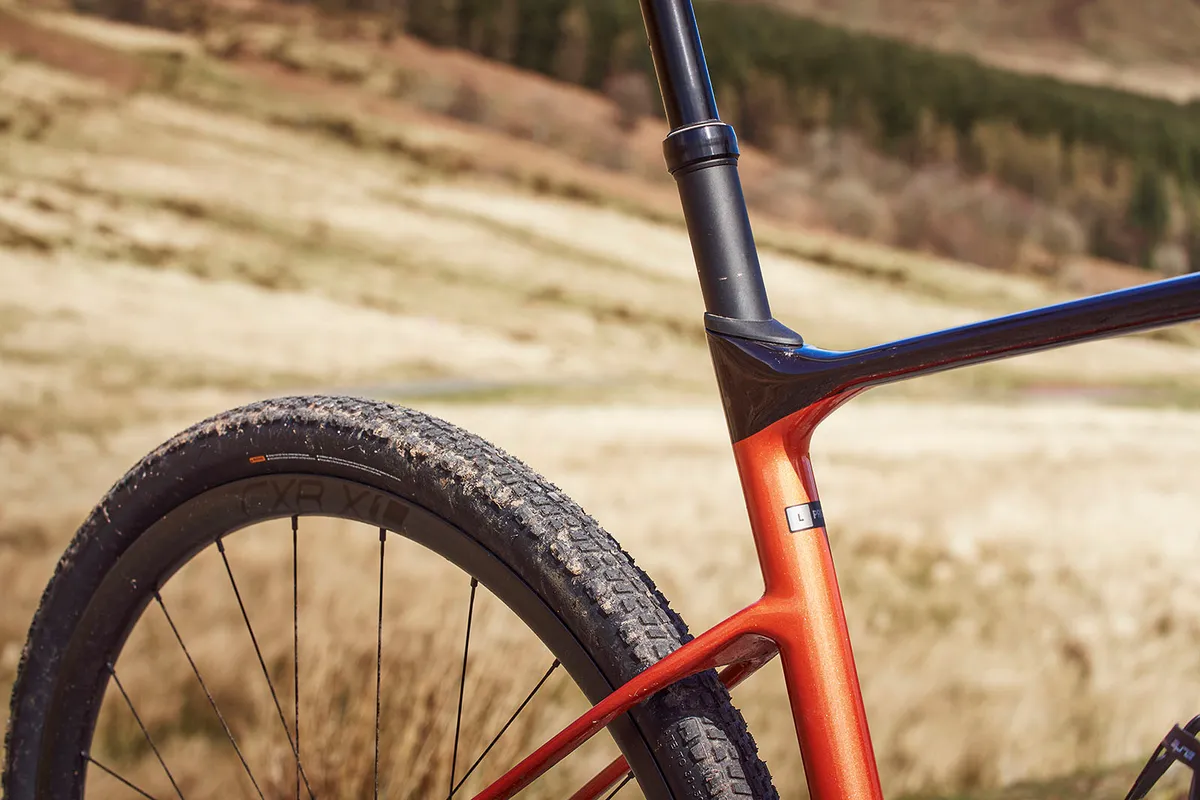
While most mountain bikes feature dropper posts – at least above the budget range – most gravel bikes do not.
A dropper post enables you to move the saddle out of the way, giving you greater freedom of movement over the bike on steeper descents, which is really key for mountain biking. The same benefits apply to gravel riding.
Although many gravel bikes can accommodate narrower 27.2mm dropper seatposts, they typically feature much less travel than a mountain bike due to frame geometry.
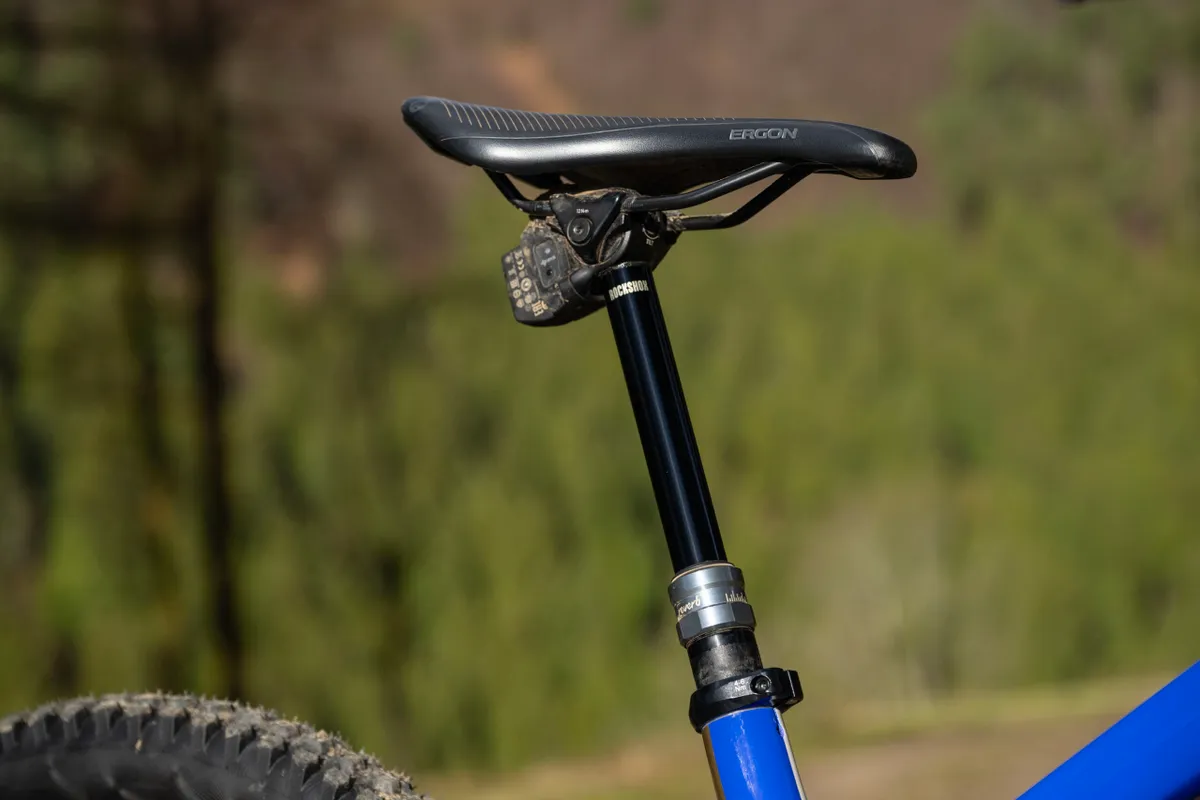
Many gravel riders are also unwilling to stomach the weight penalty of fitting a gravel dropper post, with most weighing in around the 600g mark.
Dropper seatposts can also develop play, where the saddle moves a little during pedalling. This can be more noticeable on a gravel bike, where you’re seated for a greater proportion of the time compared to a mountain bike ride.
Can I turn my mountain bike into a gravel bike?
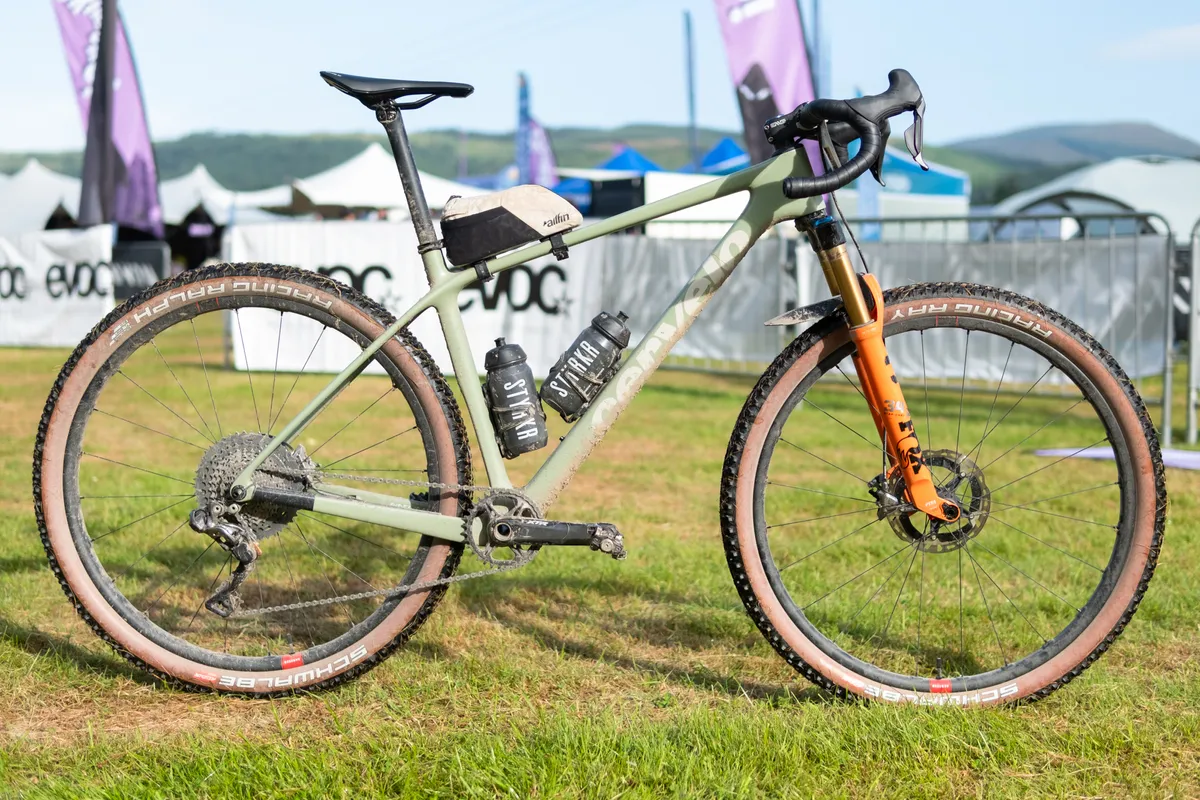
Do you have an old MTB that you fancy giving a new lease of life on the gravel trails? With a drop-bar conversion, and perhaps an upgrade to a simple 1x drivetrain, even the most neglected old mountain bikes can be made into super-cool gravel whips.
You’ll need to remember there’s more to it than a switch of handlebars though, because you’ll need different shifters and brakes. You'll also likely have to fit a new stem to ensure your fit isn't too extreme when riding in the drops.
Tyre clearance shouldn’t be much of a problem, though if your mountain bike uses 26in wheels your options for tyres are likely to be much more limited.
Hardtail vs gravel bike
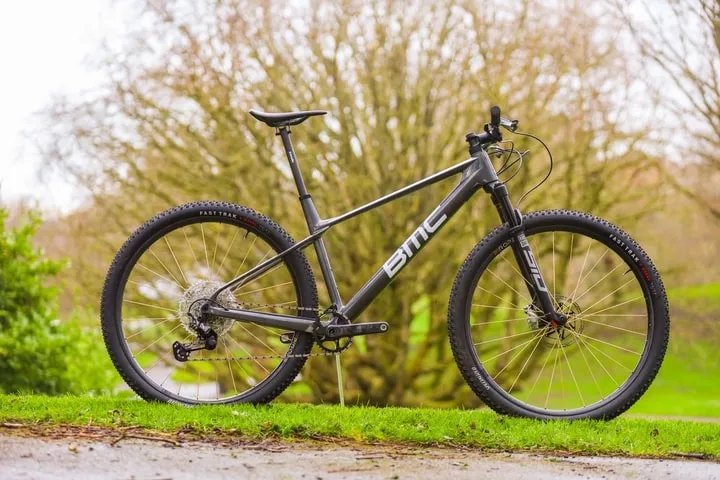
Hardtail mountain bikes have a lot in common with gravel bikes – so much so that technically capable gravel bikes are sometimes likened to 1990s hardtails.
The absence of rear suspension makes a hardtail the lightest kind of mountain bike and the most efficient when pedalling uphill. Therefore, hardtails tend to be used for cross-country mountain bike racing and general XC riding.
In fact, given the weight-weenie treatment, a hardtail could be lighter than even a carbon gravel bike.
On moderately technical terrain, such as singletrack, a hardtail's more stable geometry and squishy tyres will have the advantage over a gravel bike.
A gravel bike is likely to be quicker on smoother surfaces, such as fire roads, thanks to its more aerodynamic front end and faster tyres.
Can I turn my gravel bike into a mountain bike?
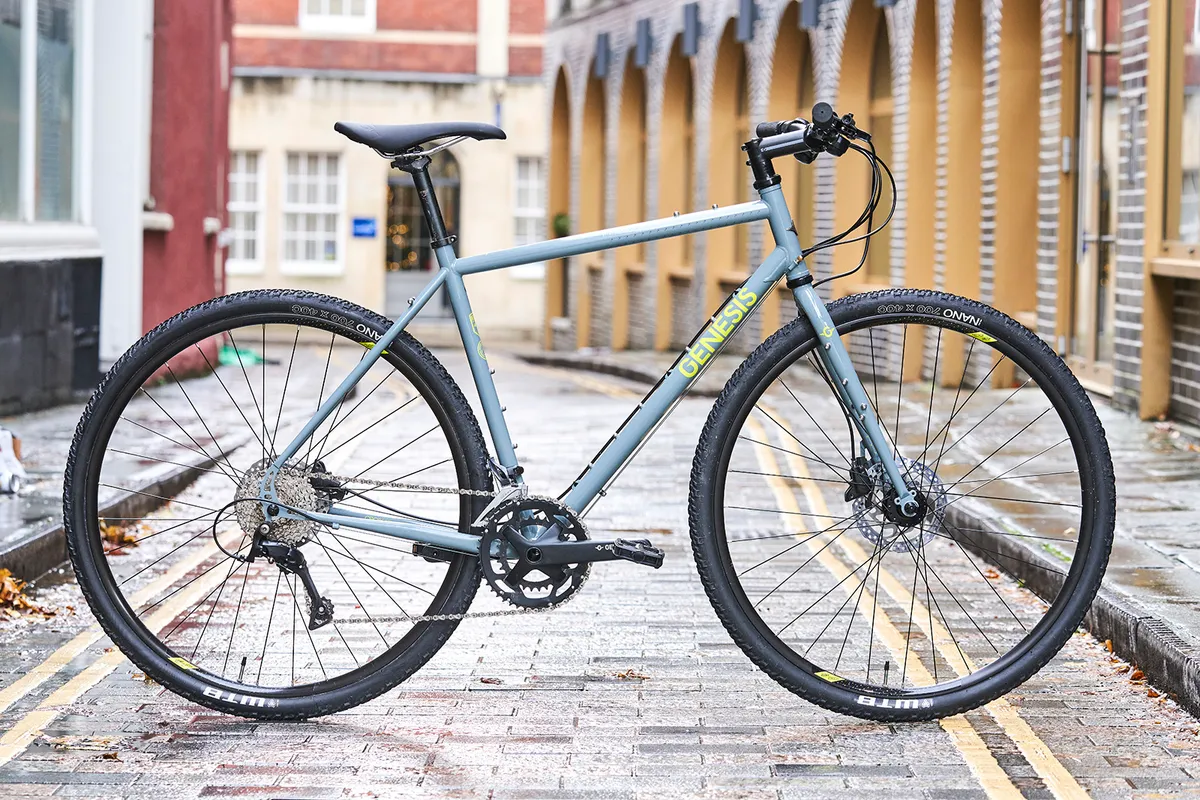
If you want to go the other way, and turn your gravel bike into a more capable, flat-bar MTB, things are a little more tricky.
Firstly, it’s worth assessing how much tyre clearance you have, because this will have a big impact on how successful your conversion can be. Have a rethink if the tyre clearances are narrow – 40mm or less – or if your frame isn’t compatible with 650b wheels.
Providing you can fit your gravel bike with 650b wheels, you’ll be able to get a couple of inches of rubber in there, which will make a huge difference to how capable the bike will be off-road.
Next up is the cockpit. To convert to a flat-bar bike, you’ll need different brakes and a new shifter, plus some grips.
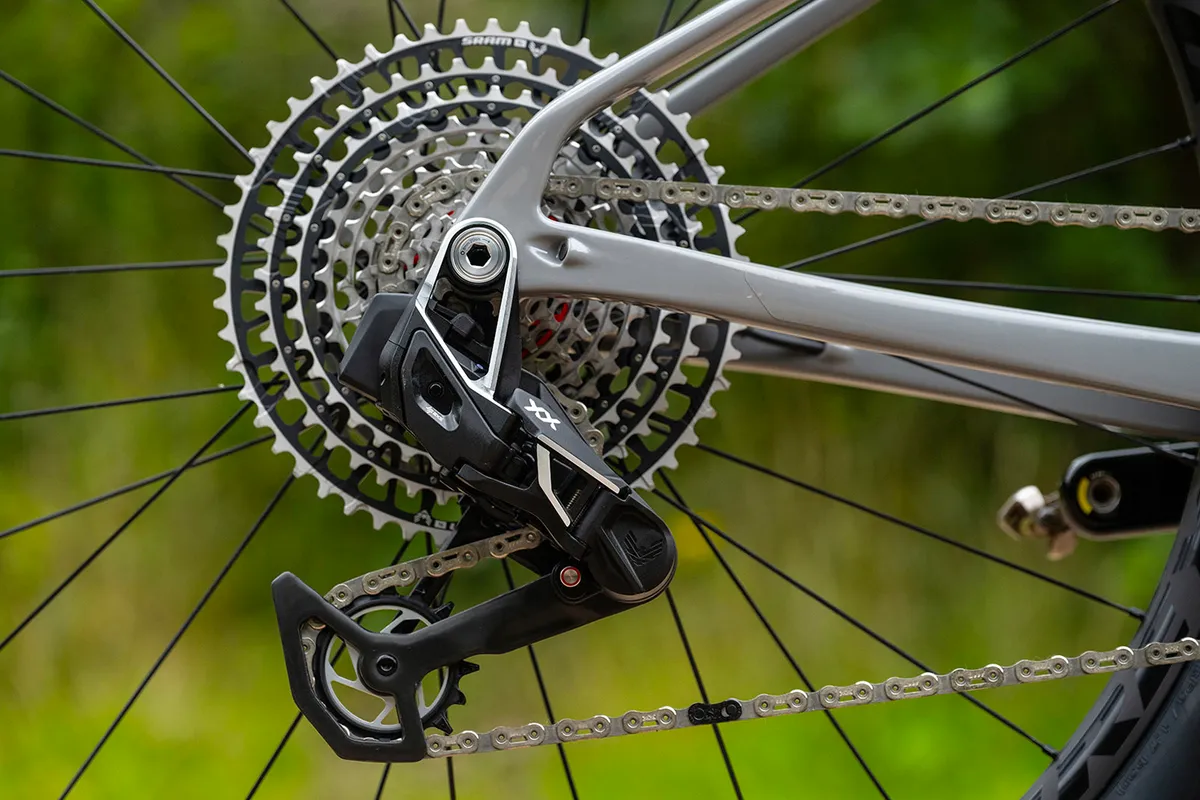
In terms of gearing, you may want to consider fitting a longer-cage mountain bike rear derailleur paired with a larger cassette for a greater range of gears. However, you should be careful to check compatibility with the rest of your drivetrain – especially the shifters – before you buy.
Adding suspension can be tricky, because you’ll need to check the compatibility of any suspension forks with your gravel bike frame’s fork axle to crown length, offset, and whether it’s a straight or tapered steerer (a straight steerer can be made to work with a tapered head tube but not the other way round). Think about how that difference will change the geometry and handling of your bike.
In most cases, it’s best to opt for a rigid bike, paired with wider tyres for a little 'passive' suspension.
So which is best for you, gravel or mountain bike?
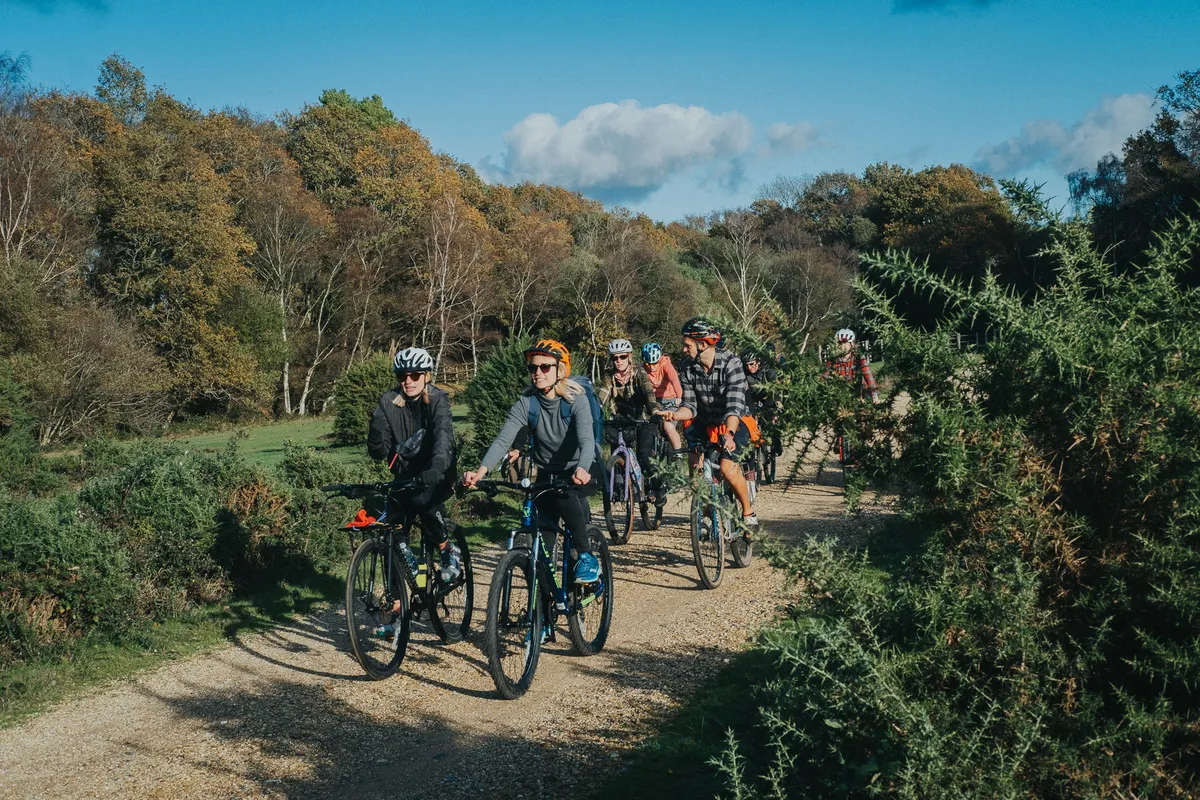
Ultimately, whether a gravel or mountain bike is best for you will be determined by what kind of riding you do, and which position you find most comfortable.
For example, if you’re used to road riding predominantly, you might find the drop bars of a gravel bike more familiar.
Mountain bikes are undoubtedly more capable on rougher and steeper off-road trails, although they’re not as fast on the road.
Gravel bikes are most similar to cross-country bikes, which are designed to cover ground easily and pedal well, while also being able to tackle smaller obstacles and trail features.
When it comes to gravel riding, there’s no wrong or right answer about which bike is best – you’ll often see a good mix of gravel bikes and mountain bikes on group gravel rides.
